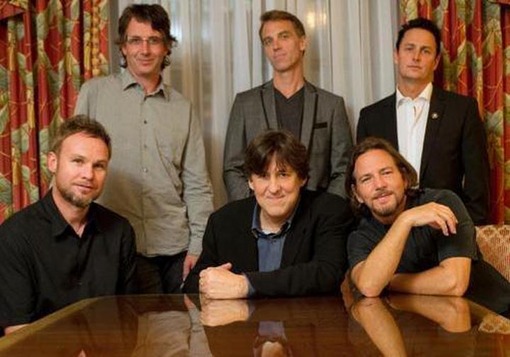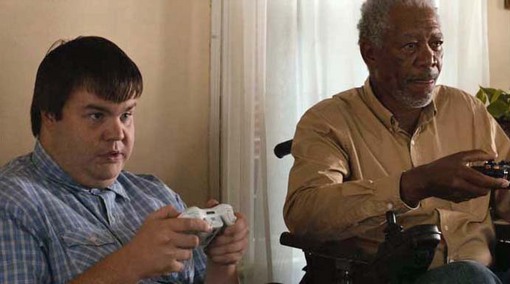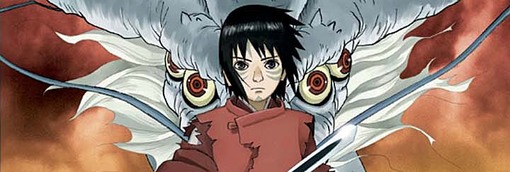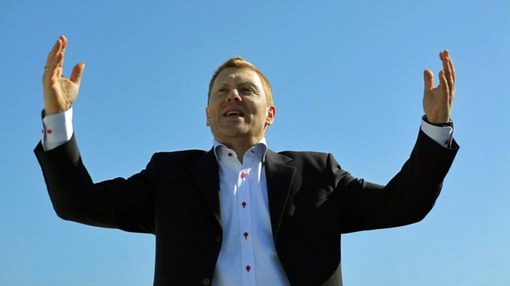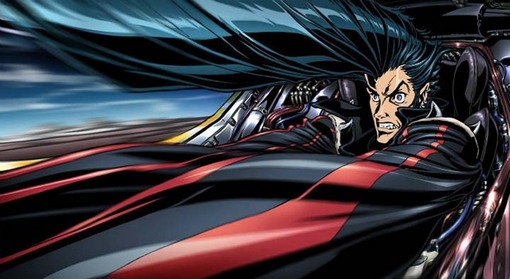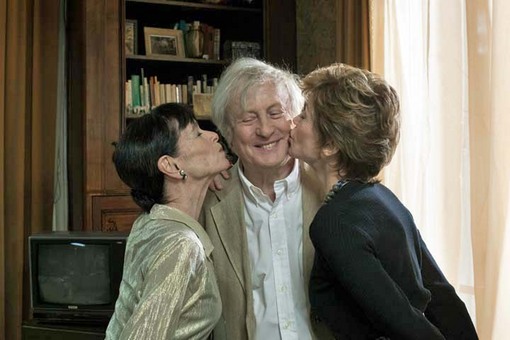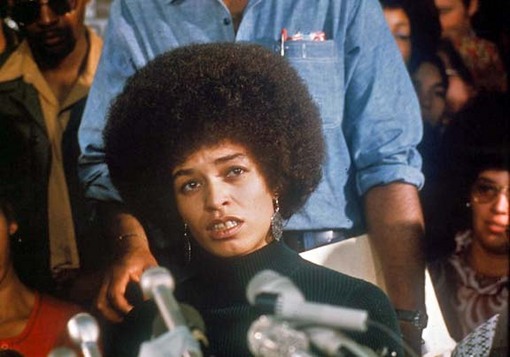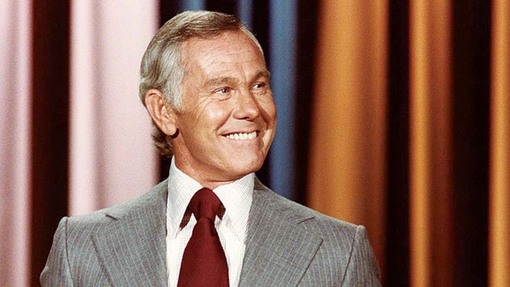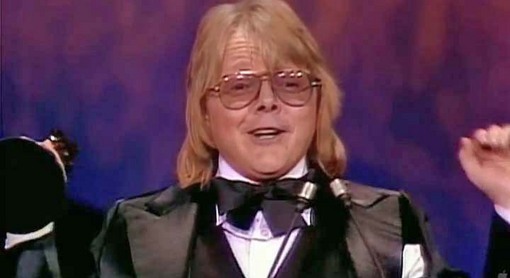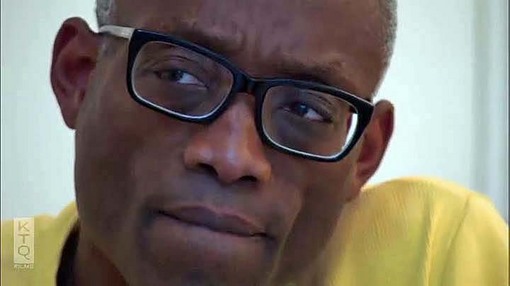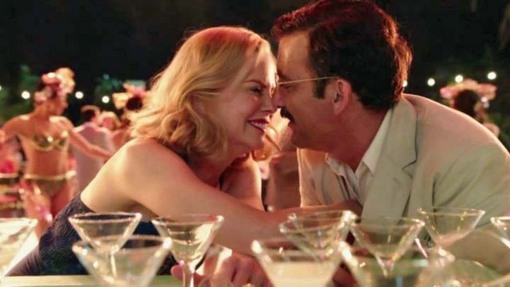
Hemingway & Gellhorn: Corny and canny
“Hemingway & Gellhorn (160 minutes) debuts on HBO May 28th, and will be available on HBO Go and HBO On Demand May 29th.
“If two people love each other, there can be no happy end to it.” — Ernest Hemingway
by Odie Henderson
Philip Kaufman’s epic HBO movie “Hemingway & Gellhorn” is old-fashioned, corny as hell and not above using cliché. None of these characteristics is necessarily a bad thing, especially if the filmmakers know they are employing them. This film evokes the rainy Sunday afternoon old-movie fare I grew up watching on TV, movies with a tough, macho hero, a smart, brassy dame and the undeniable chemistry between them. Kaufman updates the formula to modern times with belts of profanity and jolts of sex, but “Hemingway and Gellhorn” maintains the feeling of an era long since passed, wherein its leads could have been played by Gable and Harlow or Bogie and Betty Bacall.
The titular characters are Ernest Hemingway and his third wife, Martha Gellhorn. Gellhorn is widely considered one of the greatest war correspondents in journalism history, covering wars well into her 80’s. Yet, she was constantly overshadowed by her more famous ex-husband. Theirs was a torrid affair, started while Hemingway was married to his Catholic second wife and continuing through their coverage of several wars. “We were good at wars,” Gellhorn said, “and when there was no war, we made our own.” The screenplay, by Barbara Turner (“Georgia”) and Jerry Stahl (“Permanent Midnight”) is filled with prose like this, and I enjoyed devouring every purple morsel of it. “Hemingway and Gellhorn” even opens with the now-elderly Gellhorn telling us what a lousy lay she was.



